Art Is Either Plagiarism or Revolution, Or:
Something Is Definitely Going to Happen Here
January 1, 2007artist contribution,
There was once a plan to build a Museum of Revolution in the Park of Friendship in Belgrade: but only the foundations were ever laid. As part of the Differentiated Neighbourhoods project, initiated by Zoran Eric, curator of the Centre of Visual Culture of the Museum of Modern Art in Belgrade, the artists Bik Van der Pol researched this area. They developed a scenario that imbues the location with meaning and questions art, the museum, revolution, the public and the way the media work. Their contribution to Open stems from this project.
Documentation
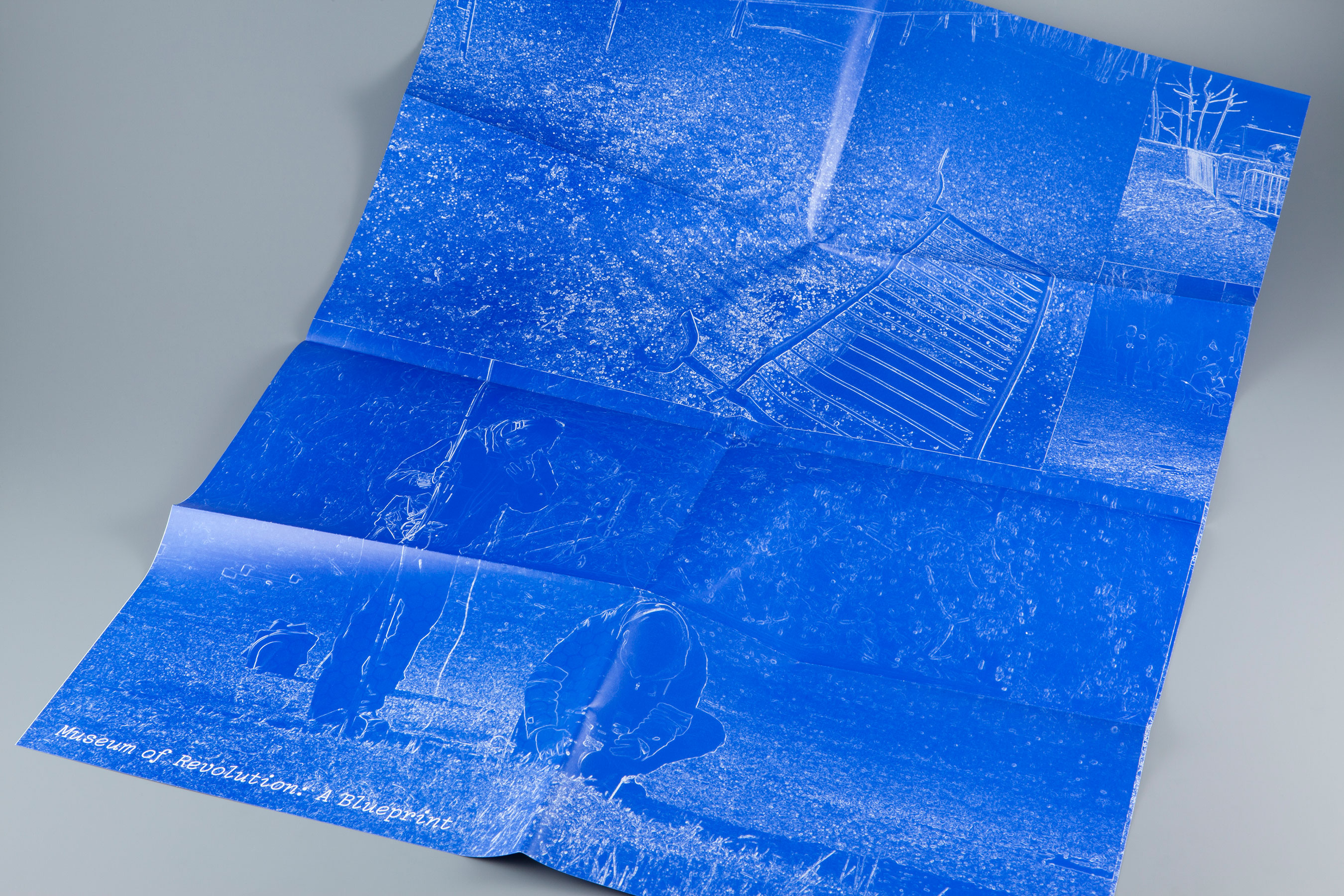
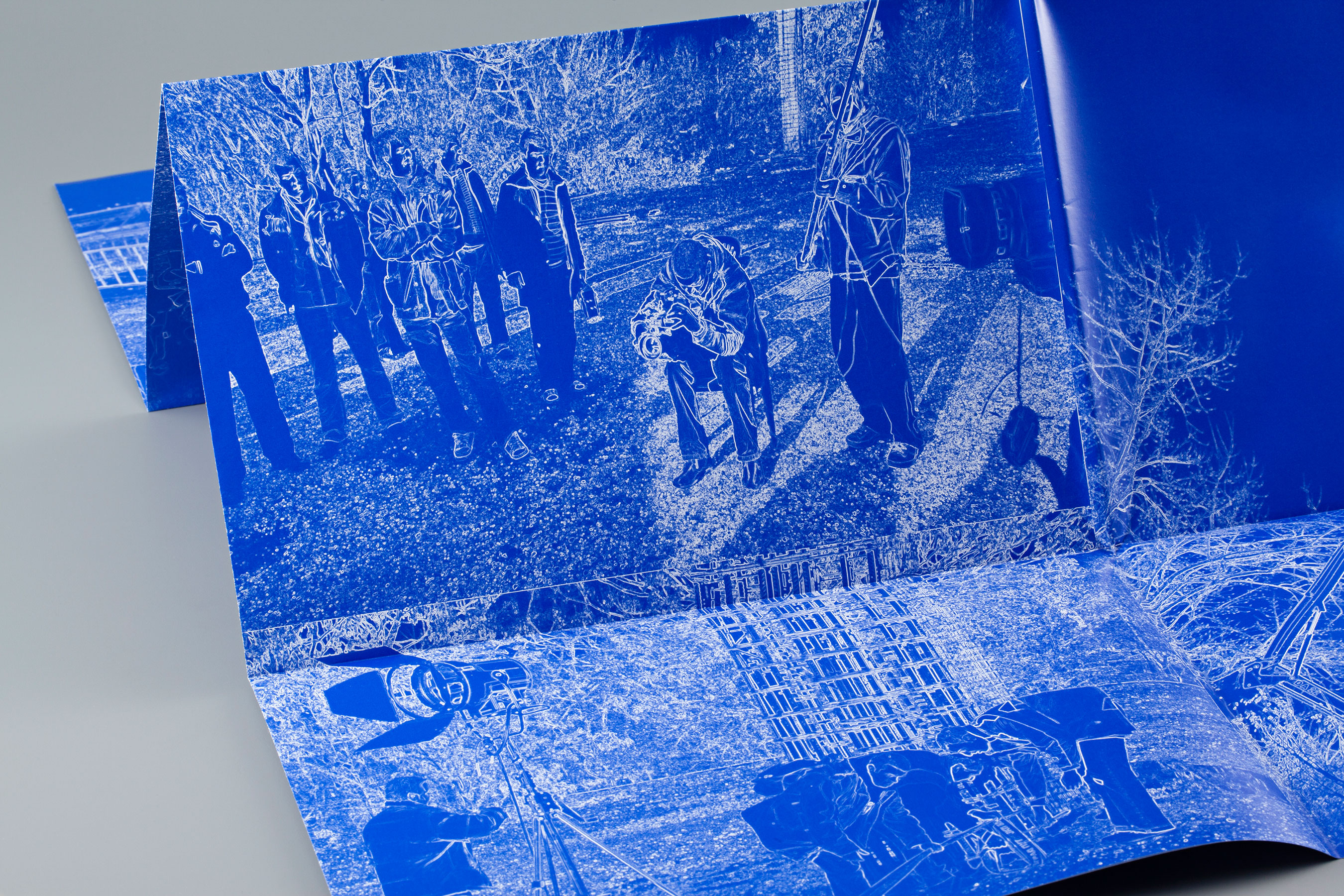
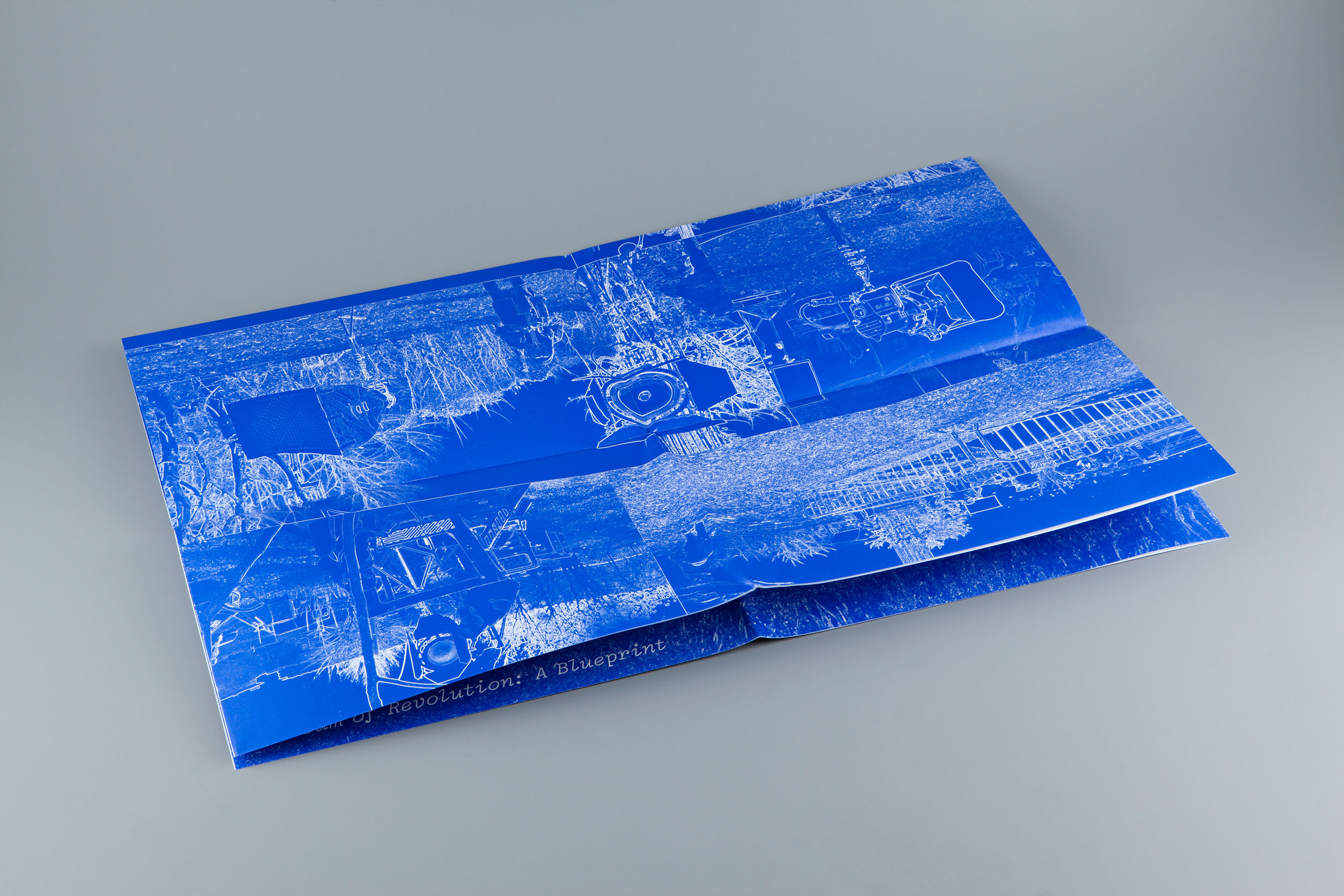
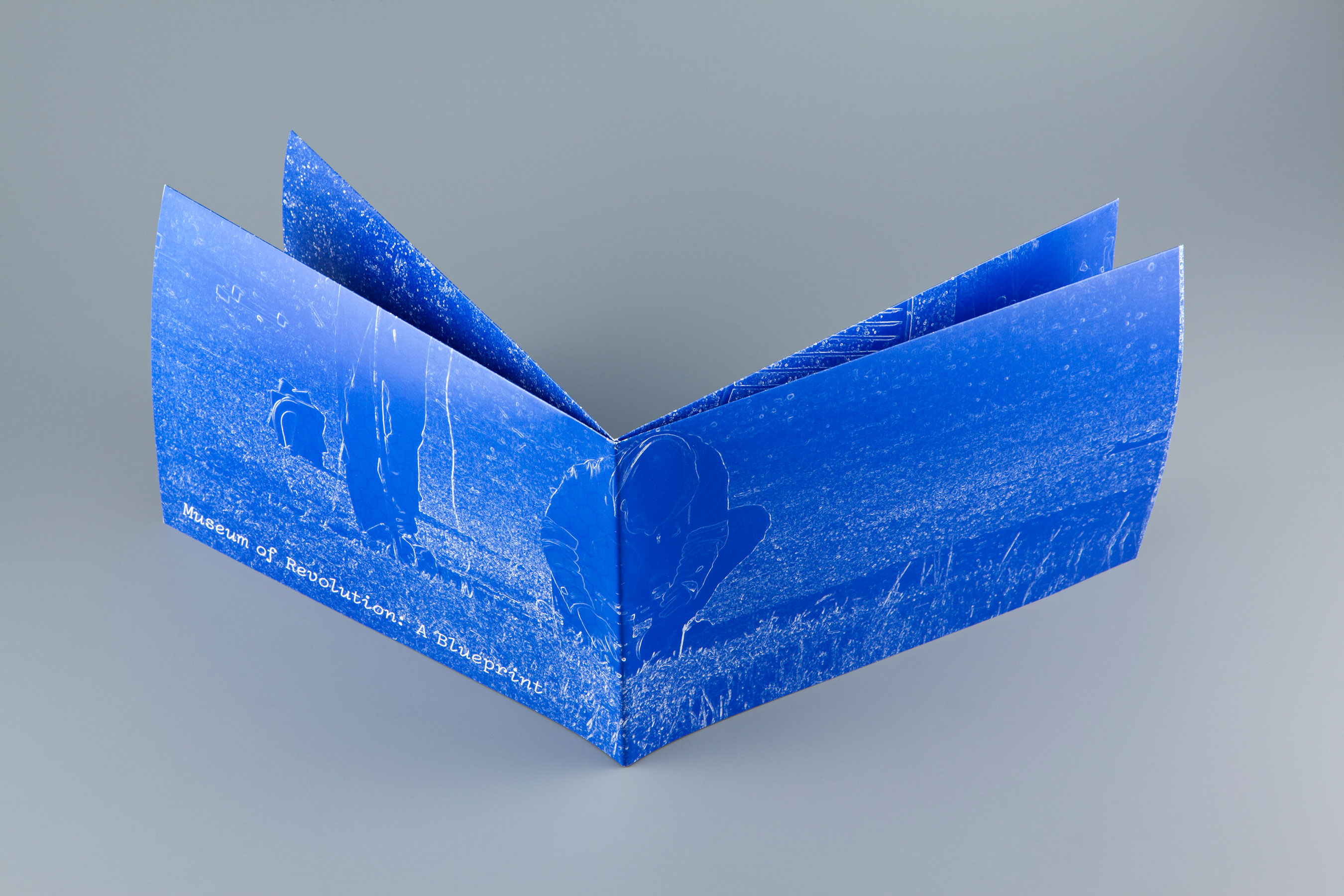
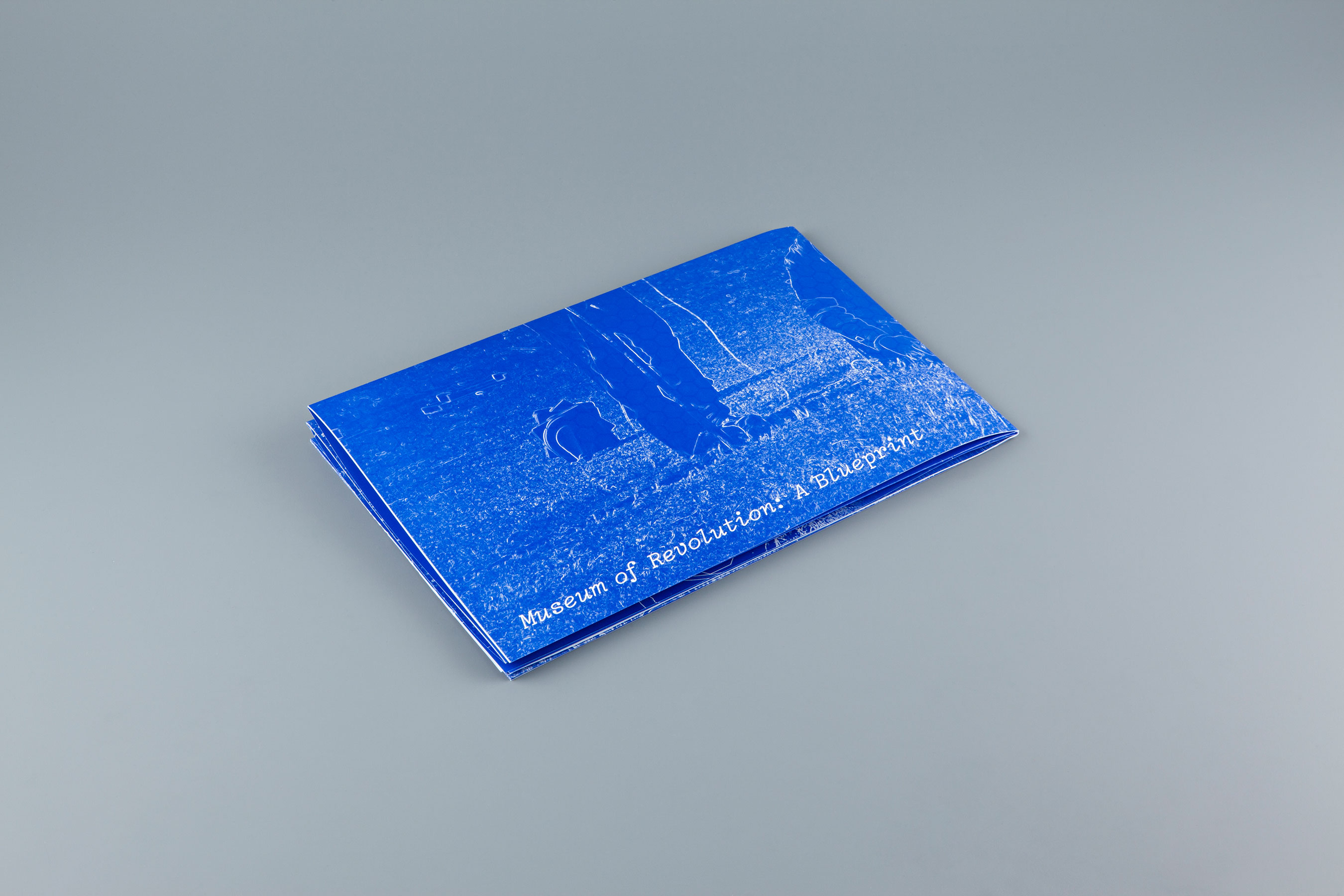
Project
Scenery
The Museum of Revolution, located in the Park of Friendship in New Belgrade, Serbia.
Location
The Museum of Revolution in New Belgrade was founded as an institution in 1959. The Yugoslav architectural competition for its new building in New Belgrade was held in 1961. No first prize was awarded, but Croatian architect Vjenceslav Richter, who received second prize ex aequo, was chosen to realize the museum.
Initially, the plan was to locate the museum in the complex of cultural institutions near the Sava River, but later it was moved to block 13 in the Park of Friendship, between the buildings of the former Palace of the Federation (now empty) and the Central Committee of the Communist Party (now a bank). Its main entrance was planned on the Boulevard of Lenin (now Mihaljo Pupin).
The park is full of historic connotations. The first Conference of the Non-Aligned Movement, of which former Yugoslavian President Tito was one of the initiators and at which 25 countries were represented, was convened in Belgrade in September 1961. On the occasion of this first summit, each of the leaders who were present planted a tree in the Park of Friendship, marked by a stone with their name engraved on it. Since then, this has become a tradition. Today there are more than 150 of these stones with a tree accompanying them in the park.
Hotel Yugoslavia, situated at the edge of the park and once the most luxurious hotel in Serbia, where celebrities and high officials visiting Belgrade stayed, stood empty for many years. The hotel was heavily damaged during the NATO bombing that also hit the Chinese Embassy.
The Museum of Revolution was supposed to open in 1981, but only the foundations were laid. The construction was stopped at some point in the 1970s and since then left unchanged. All that can be seen today is a huge concrete platform with iron poles sticking out of it.
Dramatis Personae
– Four film crews, consisting of a cameraman, soundman and an assistant
– An unknown amount of people and passers-by
– Some dogs
– The catering girl
– The lavatory attendant
– The guards
– The cherry picker guys
– The technicians
– Local and international artists and critics
– Filmmaker and architects
– Era Milivojevic, a well-known and significant Serbian conceptual artist
– Curators of the Museum of Contemporary Art
– Two police officers
– Photographers
– Press
Action
The Museum of Revolution that never materialized was activated on Saturday 1 December 2007. The public was invited to be part of this event at the Museum of Revolution, Park Usce, New Belgrade.
At noon, trucks with film equipment arrive. 25 KW of lighting, spotlights, tripods, dolly and cherry pickers are unloaded and installed, cables are unreeled and connected. Catering and toilet services arrive. Yellow ribbons mark the scene. Four camera teams prepare themselves to record all actions. Soundmen install the microphones and audio-recording equipment. Passers-by with or without dogs and others come and go and become part of the action.
The event – starting from nothing, ending in nothing – slowly reaches its end when the sun sets and it becomes dark. Something happened here.
On Revolution
Few know about revolution, its causes and its consequences. It has become a print on T-shirts, icons have become fashion. Is there a new type of revolution in the Gaps of society? With new rules, new presences?
Today, New Belgrade is changing rapidly. Capital is moving in. Banks are being built, prices of real estate are rising tremendously, and Casino Austria recently opened its doors in the empty Hotel Yugoslavia. Seen in the scope of history, New Belgrade is, like many other cities in Central and East Europe, undergoing a major turnover. Is this what we should understand today as ‘revolution’? Should we accept this understanding?
Event
Any event is, when represented in the media, flirting with the possibility and impossibility to present, show or exhibit, conserve an experience. It tiptoes on different levels of communication, such as excitement, boredom and the wish to recall. It deals with what can be implied, instead of wanting to be explicit.
Happening
By stating something, naming it, you’ve already made it happen, whatever it is that happens. Even if nothing happens, that would still be something. Maybe it is already happening.
Paul Gaugain’s quote ‘art is either plagiarism or revolution’ not only emphasizes the possible role of art, but also what ‘fake’ and what ‘real’ experiences might be. Gatherings, whether they are demonstrations, revolutions, parties or events, are all highly mediated events. (Being) (the) public seems to be of more importance than what is at stake.
Revolutions and demonstrations are staged as media events: hope, glory and a cry for change accompany them and are used as the tools of either inevitability, political pressure, or urgency, but somehow it seems that getting used to events that are spectacularized also means getting used to the fact that they do not bring that much of a change.
Entertainment
Entertainment is a factor as well. We do not want to play down the issues at stake, but gatherings most definitely create a sense of belonging. And so it can happen that sometimes even revolutions – or rather, the sparks or ideas that set them off – also appear to happen from a desperate yearning for excitement, a media-driven presence, performed. They almost become classical theater plays. With very real outcomes, however.
Public
The role and acting of the public – is it large, or not?? – the continuous shift between the role of actor, of participant, of observer, expresses and questions the ambiguity of the event.
The public is important in a democracy, since democracy is built on the public. But who and what is (the) public? The size of the public does not necessarily create truth, justice, value or engagement. Politicians love numbers; numbers are necessary as a justification. Huge masses justify the claim of contemporary art, just like huge masses justify the claim of revolution. Still, and in all cases, there is a lot of wobbly ground to walk on. Do the events that establish (temporary) communities have enough ‘gravity’ to become a catalyst for change? Are they able to generate another insight, a sense of urgency?
Museum
The Museum of Revolution. It is a paradox in itself, built or not built. What is a museum? The international Council of Museums defines a museum as ‘a non-profit making, permanent institution in the service of society and of its development, and open to the public, which acquires, conserves, researches, communicates and exhibits, for purposes of study, education and enjoyment, material evidence of people and their environment.’
The unfinished state of the Museum of Revolution might actually be the perfect museum, since it is inhabited by expectation.
Bik Van der Pol work collectively since 1995. They live and work in Rotterdam (the Netherlands). Bik Van der Pol explore the potential of art to produce and transmit knowledge. Their working method is based on co-operation and research methods activating situations to create platforms for various kinds of communicative activities. Their work has been shown in, amongst others, Stedelijk Museum Amsterdam, Van Abbemuseum in Eindhoven, the Biennials of Lyon and Istanbul, and MoMa, PS1 and Creative Time in New York. They produced projects for public space in, for example, Beyond Leidsche Rijn in Utrecht and the Maasvlakte 2 in Rotterdam. Currently, they are course directors of the Master programme School of Missing Studies, at Sandberg Instituut, Amsterdam. For more information on their projects and publications see: www.bikvanderpol.net.